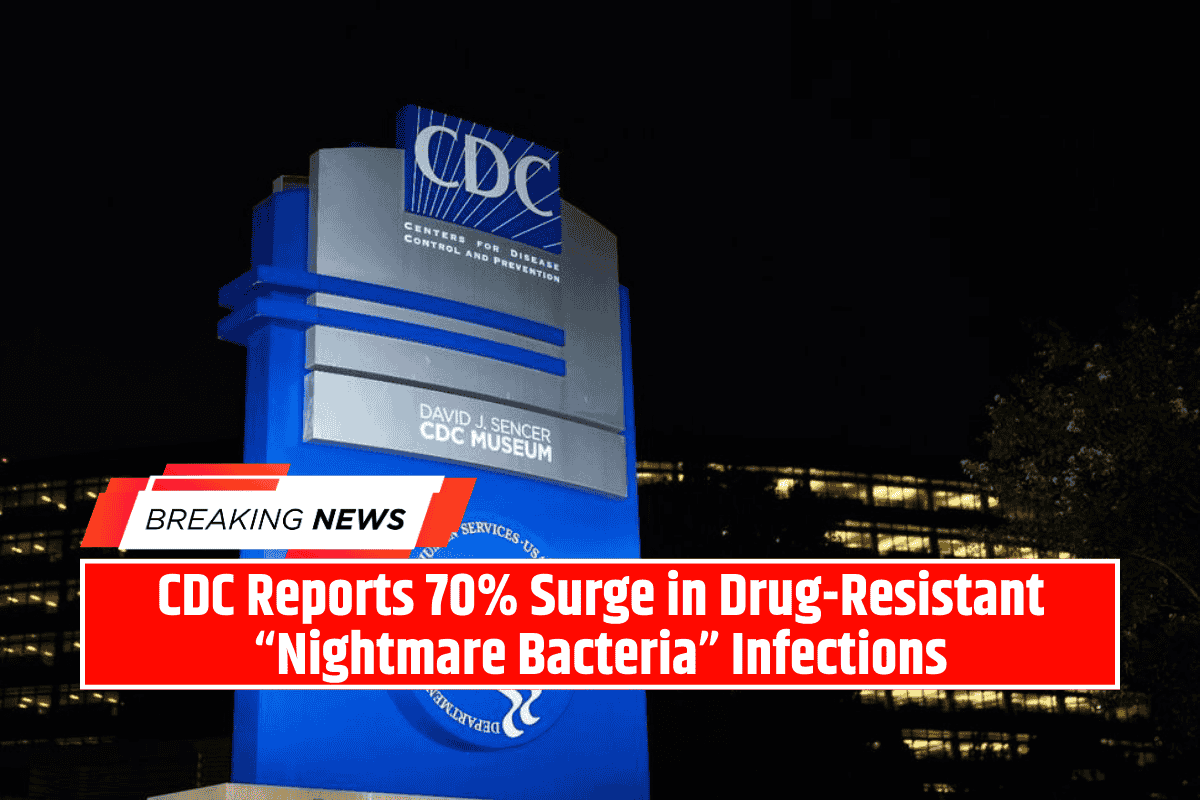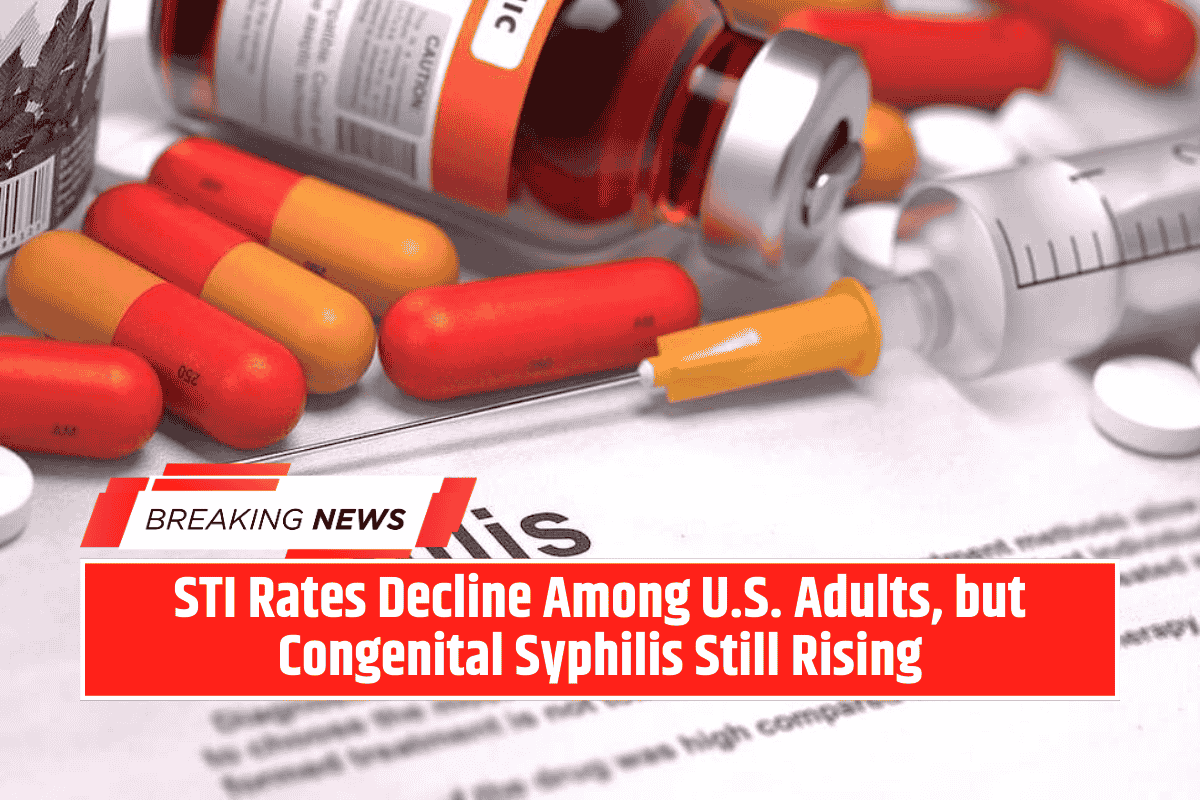A new report from the Centers for Disease Control and Prevention (CDC) reveals that U.S. infections from drug-resistant “nightmare bacteria” rose by nearly 70% between 2019 and 2023.
The spike is driven largely by bacteria carrying the NDM gene, which renders most antibiotics ineffective. Only two IV-administered drugs are known to work, both costly and limited in availability.
From Rare to Rapidly Rising
Once considered rare and tied to patients who received treatment abroad, NDM infections have surged fivefold in recent years. In 2023, researchers counted 4,341 carbapenem-resistant bacterial cases across 29 reporting states, including 1,831 NDM cases.
While the overall infection rate rose from 2 to 3 per 100,000 people, NDM cases skyrocketed from 0.25 to 1.35 per 100,000 — a 460% increase.
Why It’s Dangerous
Carbapenem-resistant bacteria are resistant to antibiotics often considered a last line of defense. Experts warn the rise could complicate the treatment of common infections like urinary tract infections, making them chronic and harder to cure.
Dr. Maroya Walters, a CDC researcher, said the spread may already be happening in U.S. communities, with carriers going undetected.
Contributing Factors
- Antibiotic misuse: Unnecessary prescriptions or incomplete courses have strengthened bacterial resistance.
- COVID-19 pandemic: A surge in antibiotic use during the pandemic likely accelerated resistance, according to Dr. Jason Burnham of Washington University.
Data Gaps and Underestimates
The report only includes data from 29 states, excluding major population centers such as California, Florida, New York, and Texas. Limited hospital testing also means the CDC’s numbers are underestimates of the true national burden.
Growing Alarm in the Medical Community
Experts warn the rising prevalence of NDM bacteria poses a grave danger. “The rise of NDMs in the U.S. is very worrisome,” said Emory University researcher David Weiss.
Without stronger surveillance, better antibiotic stewardship, and new treatments, infections once considered routine may become life-threatening.









